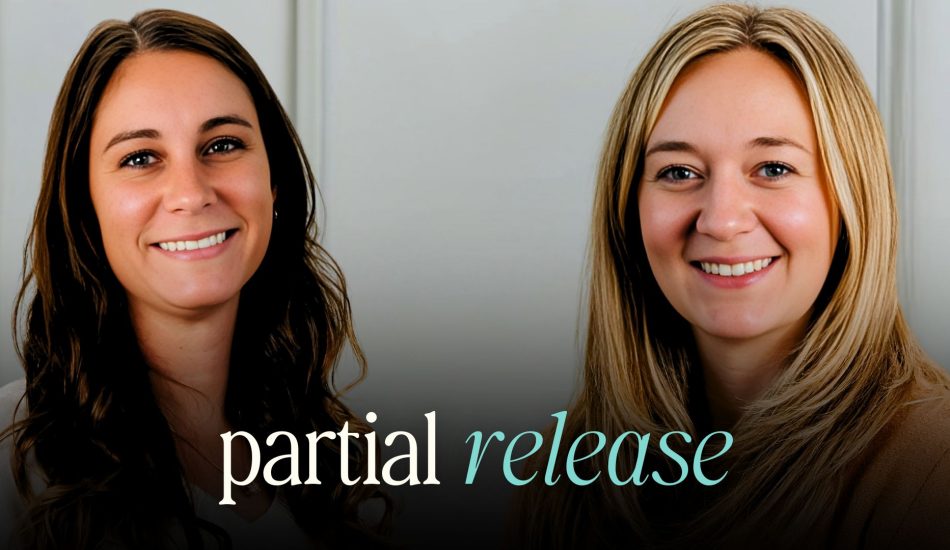How to Get a Partial Release from Your Mortgage

If you’ve ever considered subdividing your property, selling off a portion of your land, or making other changes, you’ve likely heard about a process called a partial release. While it can seem complex, understanding the steps and requirements can make all the difference in navigating the process smoothly.
In the latest episode of The Real Estate Show, attorneys Tiffany Webber and Megan Anderson from Thomas & Webber break down everything you need to know about partial releases, from lender requirements to common pitfalls. Watch the full episode on our YouTube channel here.
What Is a Partial Release?
A partial release is a legal process that allows a homeowner to remove a portion of their property from the lien of their mortgage. This can be necessary when subdividing land, selling off a lot, or making specific property changes that require releasing a portion of the land from the mortgage.
1. Why You Might Need a Partial Release
Partial releases are common in scenarios like:
- Subdividing property for family use or sale
- Releasing a lot in a development project
- Adjusting property boundaries
- By removing part of the property from the mortgage, the remaining land continues to serve as collateral for the loan.
2. The Role of Surveys and Appraisals
Before proceeding, a survey is often required to define the exact boundaries of the portion being released. Lenders may also require an appraisal to determine the new value of the remaining property and ensure it still satisfies the loan-to-value ratio requirements.
3. Working with Your Lender
Every lender has different requirements for approving a partial release. Some may require additional payments to adjust the loan-to-value ratio, while others might need specific documentation or approvals. Always start by consulting your lender to understand their process.
4. The Cost of a Partial Release
It’s important to budget for costs associated with the process, including:
- Surveying fees
- Appraisal costs
- Attorney fees for drafting the release documents
Keep in mind that these professionals are paid for their services regardless of the outcome, so ensure your lender’s approval before moving forward.
5. The Timeline for a Partial Release
The timeline for a partial release can vary significantly based on the complexity of the process and the responsiveness of your lender. While some releases can be completed in as little as 30 days, others may take several months.
Tips for Navigating the Process
- Communicate Early: Start discussions with your lender before investing in surveys or appraisals to avoid unnecessary expenses.
- Understand Your Lender’s Requirements: Each lender is different, so clarify expectations upfront.
- Plan for the Unexpected: The process can involve unexpected delays or additional costs, so stay flexible and prepared.
Watch the Full Episode
Partial releases can be complicated, but with the right information and guidance, they don’t have to be overwhelming. For a detailed walkthrough of the process, tune in to the latest episode of The Real Estate Show. Tiffany Webber and Megan Anderson share their expertise and real-world examples to help you understand what to expect.
📺 Watch the full episode here. Don’t forget to subscribe for more real estate insights and legal advice!


